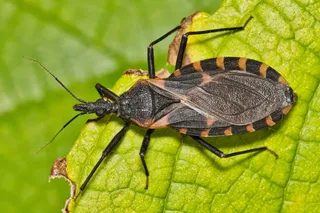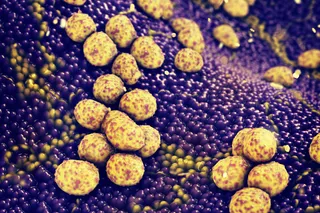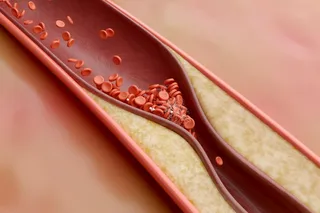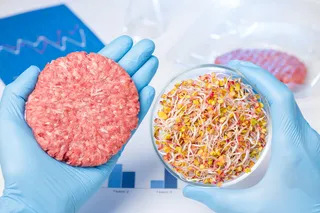In science, we don't often get to talk about male repression, but a new discovery gives us just such a chance. It turns out that ovaries can only remain ovaries by constantly suppressing their ability to become male. Silence a single gene, and adult ovaries turn into testes. That adult tissues can be transformed in this way would be surprising enough, but doing so by changing a single gene is truly astonishing.
As embryos, our gonads aren't specific to either gender. Their default course is a female one, but they can be diverted through the action of a gene called SRY that sits on the Y chromosome. SRY activates another gene called Sox9, which sets off a chain reaction of flicked genetic switches. The result is that premature gonads develop into testes. Without SRY or Sox9, you get ovaries instead.
But Henriette Uhlenhaut from the European Molecular Biology Laboratory has ...













